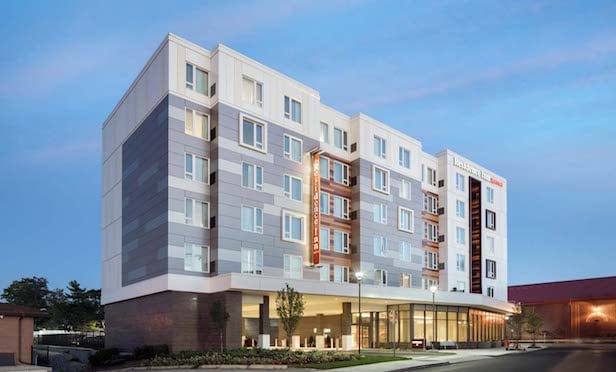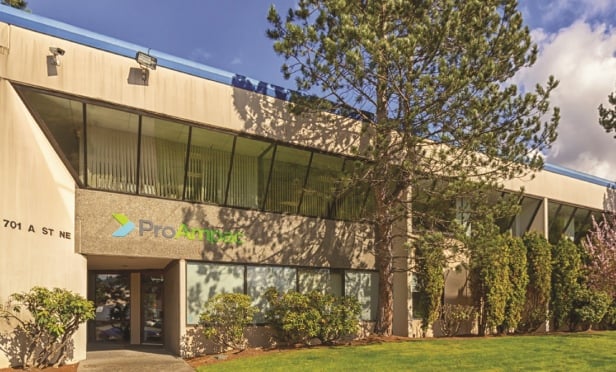MIAMI—From Downtown Miami's Healthcare District and beyond, the healthcare real estate in South Florida is booming—and it's also evolving. Of course, Miami is not the only hot spot for healthcare real estate.
GlobeSt.com caught up with Hunter Beebe, managing principal of HRE Capital, a national advisory firm focused solely on the healthcare real estate sector, to get his take on the big picture in part one of this exclusive interview. Be sure to come back to our Miami edition for more insights from this healthcare real estate guru.
GlobeSt.com: What is the state of the healthcare real estate market?
Beebe: The healthcare real estate market is very healthy and it seems to have incrementally improved every year since the economic downturn. Performance at the asset-level has been stable, a characteristic of the sector through economic cycles, and is exhibiting better than inflationary growth. The investment market continues to be defined by more capital, especially from institutional sources such as pension funds, endowments, etc., than investment opportunities, thereby compressing yields and increasing values.
GlobeSt.com: In what ways is the healthcare real estate market evolving?
Beebe: The assets continue to evolve based on technological and systematic changes in the industry. More and more procedures are being done outside of the traditional acute-care hospital setting, this is manifesting in larger and more specialized ambulatory facilities being developed closer to the patient and their home and workplace. In addition, significant consolidation is taking place across the industry, which is also changing the profile of tenancy (from smaller hospitals and physician practices to major hospital systems) and asset use (multi-functional spaces, or the creation of space catering to particular patients, such as women's health centers that drive certain growth in particular business lines).
GlobeSt.com: Where are the healthcare real estate hotspots geographically?
Beebe: Healthcare is a "local" industry and submarkets in a particular area can be dramatically different, so it is difficult to name specific hotspots geographically. Areas with stable and growing economic and demographic profiles will generally be a long-term strength for the asset class.
However, the profile of that demographic also drives success. Elderly citizens have three times as many medical office visits per year than those under the age of 45, so markets with aging populations are expected to perform well. It's also important to consider the tenancy-sponsorship, assets that are sponsored and/or occupied by major, investment grade rated healthcare providers across large and small markets will perform well.
© Touchpoint Markets, All Rights Reserved. Request academic re-use from www.copyright.com. All other uses, submit a request to [email protected]. For more inforrmation visit Asset & Logo Licensing.






